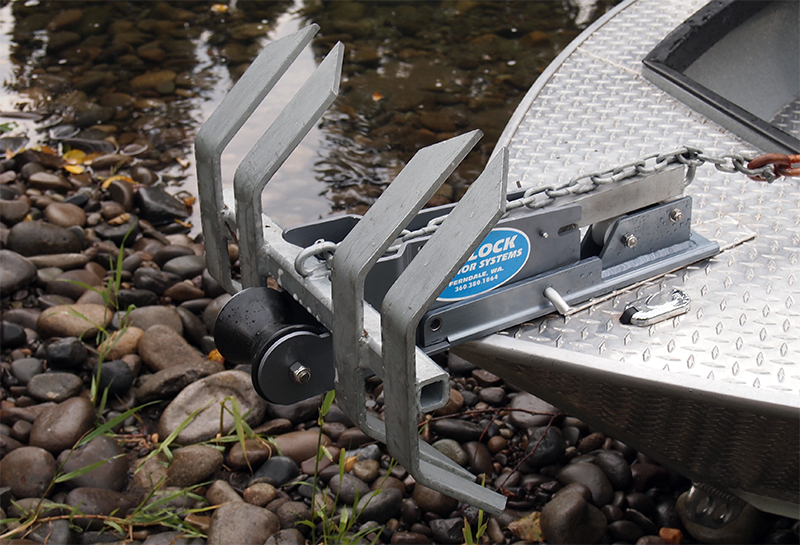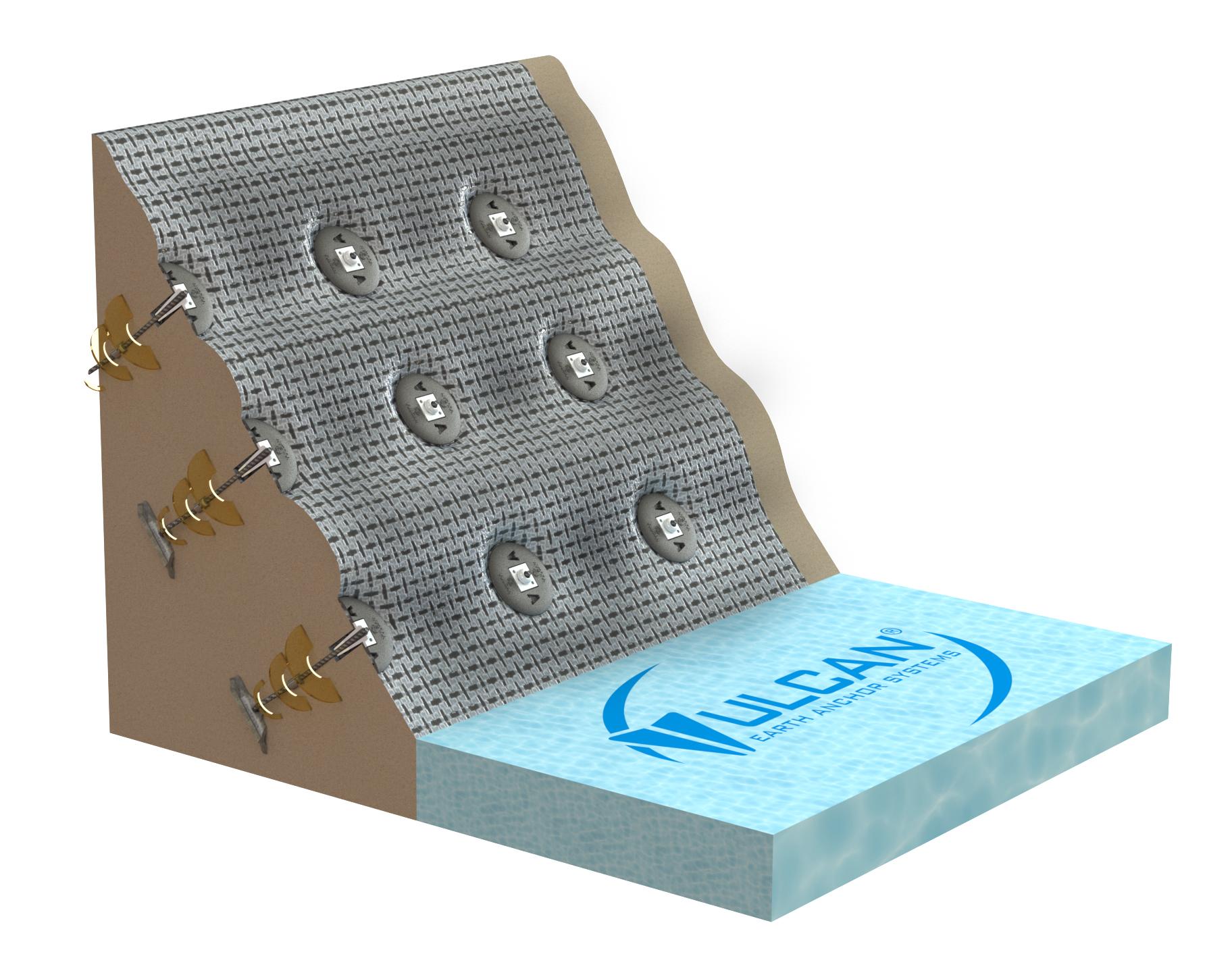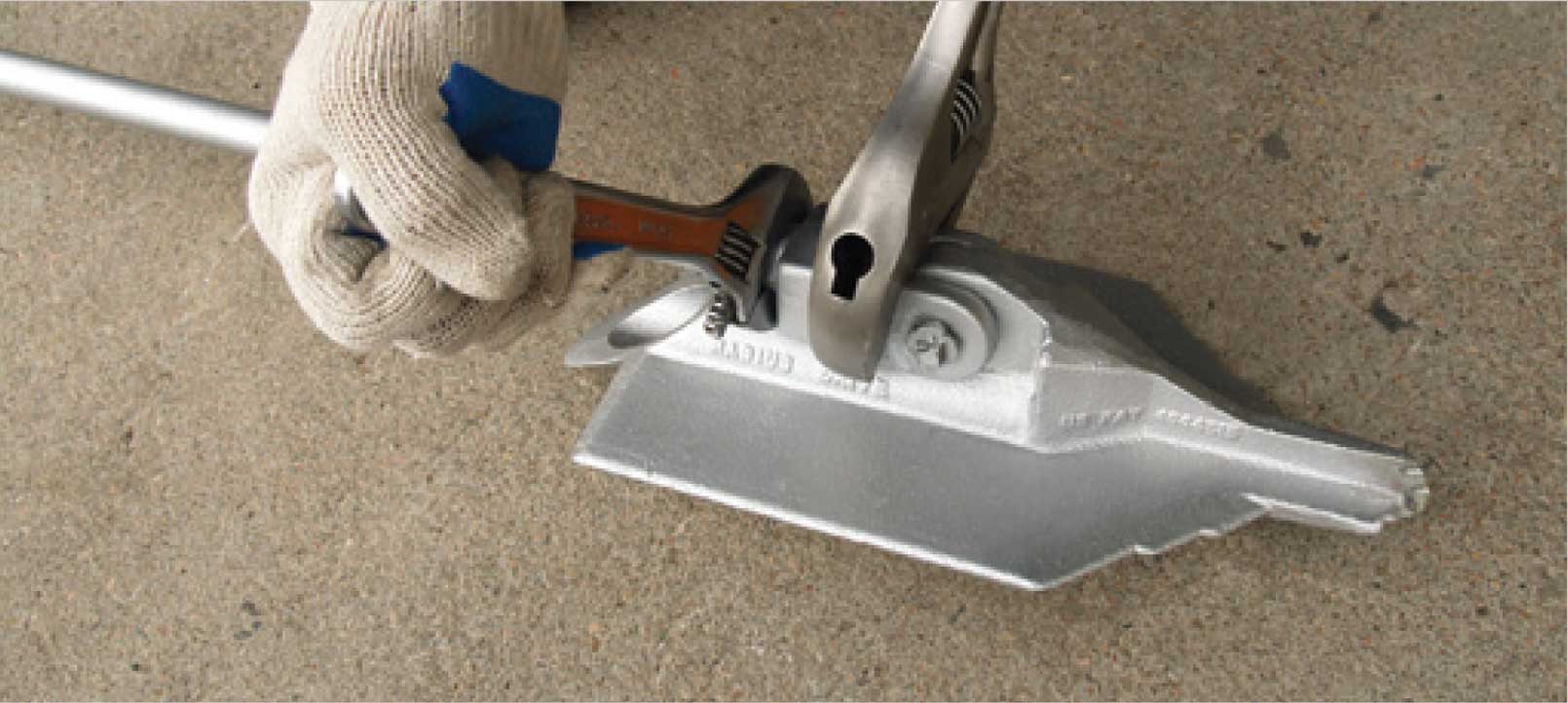Earth Anchor Equipments for Protecting Temporary and Permanent Frameworks
Earth Anchor Equipments for Protecting Temporary and Permanent Frameworks
Blog Article
Reliable Anchor Equipments Designed for Optimum Stamina
The layout of effective anchor systems is vital in making sure optimal stamina and integrity throughout various applications, particularly in civil and aquatic design. As we discover the different types of anchor systems and the materials that underpin their effectiveness, it becomes evident that the future of anchoring modern technology may hold also better advancements.
Relevance of Anchor Systems
Support systems play a vital role in numerous applications, from marine construction to overseas boring and even in the stability of structures on land. In aquatic settings, anchors are vital for mooring vessels, protecting against drift due to wind, currents, or waves.
In addition to marine applications, anchor systems are vital in civil engineering, particularly in the building and construction of maintaining wall surfaces, bridges, and buildings in geologically challenging areas. These systems help disperse loads effectively, combating pressures such as dirt pressure and seismic activity. The significance of anchor systems expands to the renewable resource industry, where they safeguard wind turbines and offshore platforms, adding to the security and effectiveness of energy generation.
Inevitably, the performance of a support system is essential to the safety, resilience, and capability of numerous frameworks, making their layout and implementation a vital part in design and building and construction practices across several industries.
Cutting-edge Products in Anchor Style

Modern innovations in materials science have actually substantially transformed anchor style, improving performance and longevity. The unification of high-strength alloys and composite products has actually brought about anchors that can stand up to severe environmental conditions while maintaining architectural honesty. These ingenious materials not just offer remarkable tensile strength but also lower weight, enhancing ease of setup and handling.
One notable development is the usage of carbon fiber strengthened polymers (CFRP), which give exceptional deterioration resistance and high strength-to-weight ratios. This enables the design of anchors that are both lightweight and incredibly resistant, making them ideal for aquatic applications where exposure to deep sea can lead to product degradation.
Additionally, innovations in layers-- such as advanced epoxy and galvanization-- more safeguard metal anchors from deterioration, extending their life span. These layers can be customized to meet details ecological challenges, ensuring that supports perform dependably even in rough problems.
In addition, the integration of wise materials, which can adjust to transforming tons and environmental factors, is paving the means for future anchor designs. These growths highlight a trend towards greater efficiency and reliability in anchoring solutions, eventually enhancing safety across numerous applications.
Kinds of Efficient Anchor Solutions
Efficient anchoring options are vital for making certain security and security in numerous applications, from construction to aquatic operations. Several kinds of efficient support systems attract attention for their performance and versatility to different atmospheres.
One preferred kind is the screw anchor, which makes use of a helical design to supply exceptional holding power in dirt and soft ground. These anchors are particularly useful in short-lived frameworks and can be conveniently eliminated and reused.
One more utilized system is the driven pile anchor, usually utilized in marine and heavy construction tasks. These supports are driven deep into the ground, supplying superb resistance to side pressures, making them ideal for sustaining large structures.
For marine applications, the mooring buoy support system is vital. This system includes buoyant gadgets linked to supports on the seabed, permitting vessels to stay stable while decreasing drag from winds and currents.
Finally, the deadweight support system counts on hefty weights to give security and is typically used in overseas installments. Each kind of support system is developed to fulfill particular demands, making sure the security and integrity of frameworks and vessels in different conditions.
Safety Specifications and Laws
Making certain the safety and dependability of anchoring systems entails adherence to strict safety and security standards and regulations. These standards are developed by different companies, including the American Culture for Screening and Materials (ASTM), the International Get More Info Company for Standardization (ISO), and local building codes. Compliance with these policies is crucial to assure that anchoring systems can hold up against ecological tensions and loads, reducing the danger of failing.
Checking and accreditation procedures are fundamental elements of safety requirements. Anchoring systems must undergo strenuous evaluations, including tensile stamina examinations, exhaustion examinations, and ecological influence examinations. These tests help figure out the systems' efficiency under real-world conditions, guaranteeing they meet or surpass the needed safety thresholds.
Moreover, producers are required to offer in-depth requirements and guidelines for installment and maintenance, which are essential to promoting safety and security criteria. Routine assessment and maintenance protocols need to additionally be developed to identify potential weak points gradually.
Future Fads in Anchor Innovation
The future of anchor innovation is positioned for considerable improvements, driven by the enhancing demand for enhanced safety and efficiency in building and construction and design applications. Advancements are expected in products, layout, and installment techniques, which will certainly boost the strength and sturdiness of anchor systems.
One emerging pattern is the assimilation of wise modern technology right useful reference into support systems. Earth Anchor. By incorporating sensing units, these systems can keep track of tension, load, and environmental problems in real-time, enabling aggressive maintenance and boosted integrity. Furthermore, developments in composite materials may result in lighter, yet stronger supports that can hold up against extreme conditions, lowering the total weight of structures


Furthermore, modular anchor systems are gaining grip, enabling less complicated installation and versatility to different project requirements. Earth Anchor. As the industry accepts automation, robotic setup methods could better streamline the anchoring procedure, enhancing performance and accuracy
Verdict
In conclusion, effective anchor systems play a crucial role in ensuring the stability and security of civil and aquatic design projects. Adherence to safety and security standards and laws further emphasizes the relevance of dependability in anchor systems.
The layout of reliable anchor systems is vital in making sure optimal stamina and dependability throughout numerous applications, specifically in marine and civil design. As we discover the different kinds of anchor systems and the materials that underpin their performance, it becomes noticeable that the future of securing technology may hold even higher innovations.Making certain the safety and dependability of securing systems involves adherence to rigorous safety standards and laws.In conclusion, efficient anchor systems play a vital duty in guaranteeing the security and security of civil and marine design jobs. Adherence to security requirements and laws additionally underscores the relevance of integrity in support systems.
Report this page